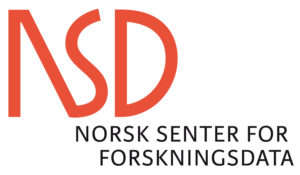Abstract:
In today's environment, following the COVID-19 crisis and the ongoing war between Russia and Ukraine, companies and countries face new challenges in finding opportunities to withstand crises. Given that Design Science Methodology (DSM) is one of the methods that can help solve problems in various fields, it remains relevant to study this component. Thus, the purpose of this paper is to consider DSM as such, as well as to describe its main features, paying attention to the process of artefact formation and the human factor. The main research methods used in this paper are analysis, survey and forecasting. This paper contains an in-depth study of the DSM, an innovative problem-solving paradigm that originated in engineering and has found application in other fields of science. The article discusses the fundamental elements of this system, including the environment and the research problem, emphasizing their role in systematically solving complex issues. It also provides a comprehensive overview of the process, covering such stages as problem identification, goal setting, artefact design and development, demonstration, evaluation, and communication. The paper emphasizes the relevance of considering the human factor in DSM, especially in industries where human behaviour has a significant impact on outcomes. It describes the need to assess how people react to different situations, risks and technologies, emphasizing the importance of skills, training and psychological aspects in decision-making. This study brings new knowledge to the field of DSM.





